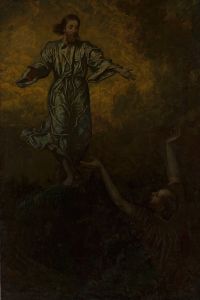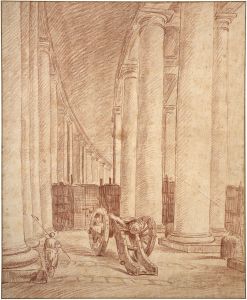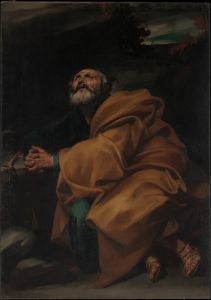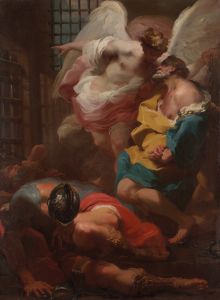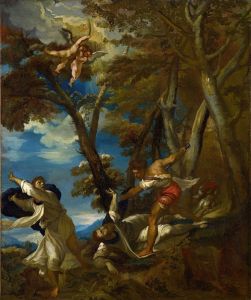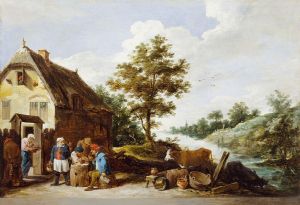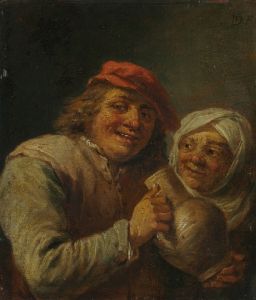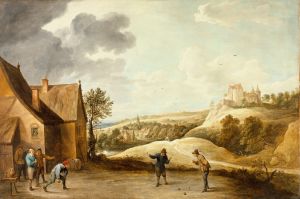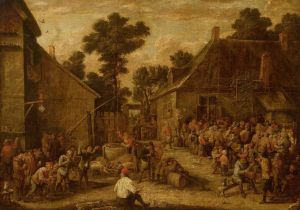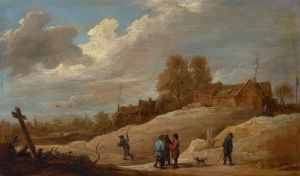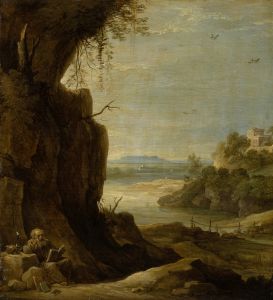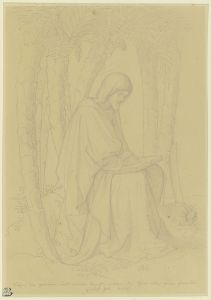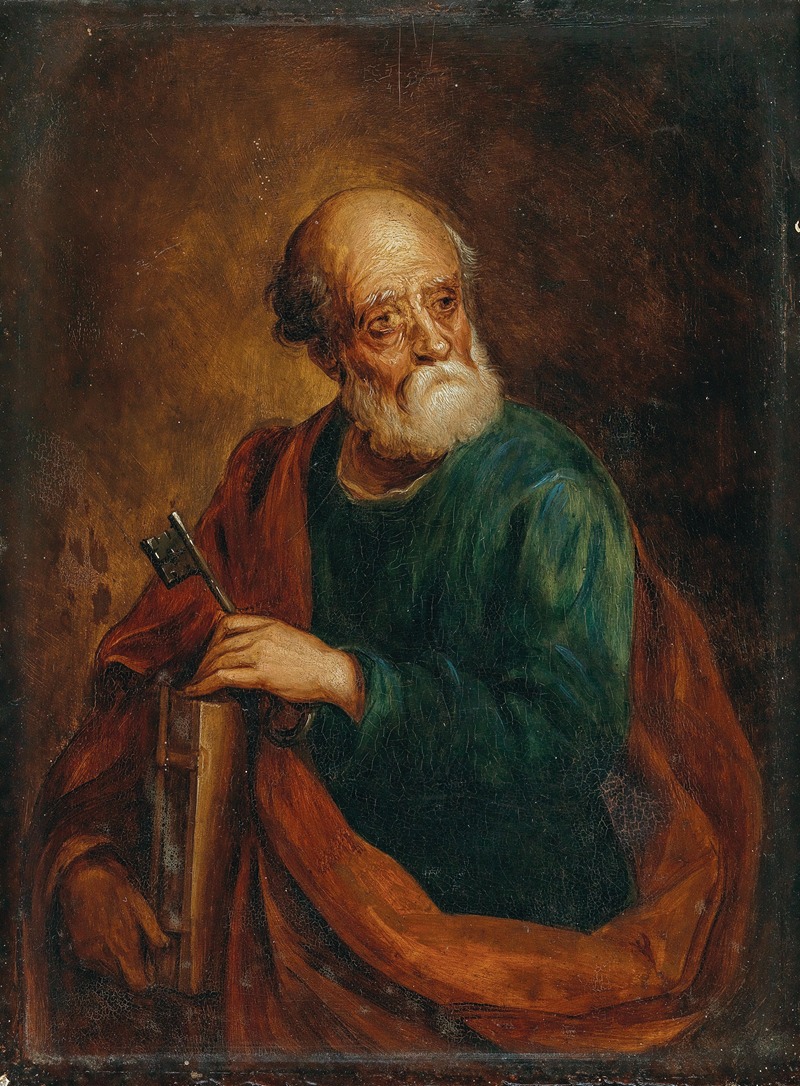
Saint Peter
A hand-painted replica of David Teniers The Younger’s masterpiece Saint Peter, meticulously crafted by professional artists to capture the true essence of the original. Each piece is created with museum-quality canvas and rare mineral pigments, carefully painted by experienced artists with delicate brushstrokes and rich, layered colors to perfectly recreate the texture of the original artwork. Unlike machine-printed reproductions, this hand-painted version brings the painting to life, infused with the artist’s emotions and skill in every stroke. Whether for personal collection or home decoration, it instantly elevates the artistic atmosphere of any space.
David Teniers the Younger was a prominent Flemish painter in the 17th century, known for his detailed and vivid depictions of everyday life, landscapes, and religious subjects. Among his works is the painting "Saint Peter," which reflects his skill in capturing religious themes with a sense of realism and humanity.
"Saint Peter" by David Teniers the Younger is a notable example of his religious paintings, though specific details about this particular work, such as its creation date or current location, are not extensively documented in historical records. Teniers was part of a family of artists and was heavily influenced by his father, David Teniers the Elder, as well as by the broader artistic movements of the Flemish Baroque period. This influence is evident in his use of color, composition, and attention to detail.
Teniers was known for his ability to infuse his religious paintings with a sense of everyday life, often depicting saints and biblical figures in a manner that was accessible and relatable to the common viewer. This approach was part of a broader trend in Baroque art, which sought to make religious themes more immediate and emotionally engaging. In "Saint Peter," Teniers likely employed these techniques to bring the apostle to life, emphasizing his humanity and the personal aspects of his faith.
The depiction of Saint Peter in art often focuses on key aspects of his life and character, such as his role as a leader of the early Christian church, his denial of Christ, and his subsequent repentance. Artists like Teniers would have been familiar with these themes and might have chosen to highlight specific elements to convey a particular message or emotion. While the exact composition and details of Teniers' "Saint Peter" are not widely recorded, it can be inferred that he would have approached the subject with the same attention to detail and narrative clarity that characterizes his other works.
David Teniers the Younger was also known for his ability to blend different genres within a single painting. His works often included elements of landscape, still life, and genre painting, creating a rich and layered visual experience. This skill would have contributed to the depth and complexity of his religious paintings, including "Saint Peter," allowing viewers to engage with the work on multiple levels.
Throughout his career, Teniers enjoyed considerable success and recognition. He served as the court painter for Archduke Leopold Wilhelm of Austria and was appointed the director of the Antwerp Academy. His works were highly sought after by collectors and patrons across Europe, and he played a significant role in the dissemination of Flemish art during his time.
In summary, while specific details about the painting "Saint Peter" by David Teniers the Younger are limited, it can be appreciated within the context of his broader body of work and the artistic trends of the Flemish Baroque period. Teniers' ability to humanize religious figures and integrate various artistic elements would have made "Saint Peter" a compelling and meaningful depiction of the apostle, reflecting both the artist's skill and the spiritual concerns of his time.





